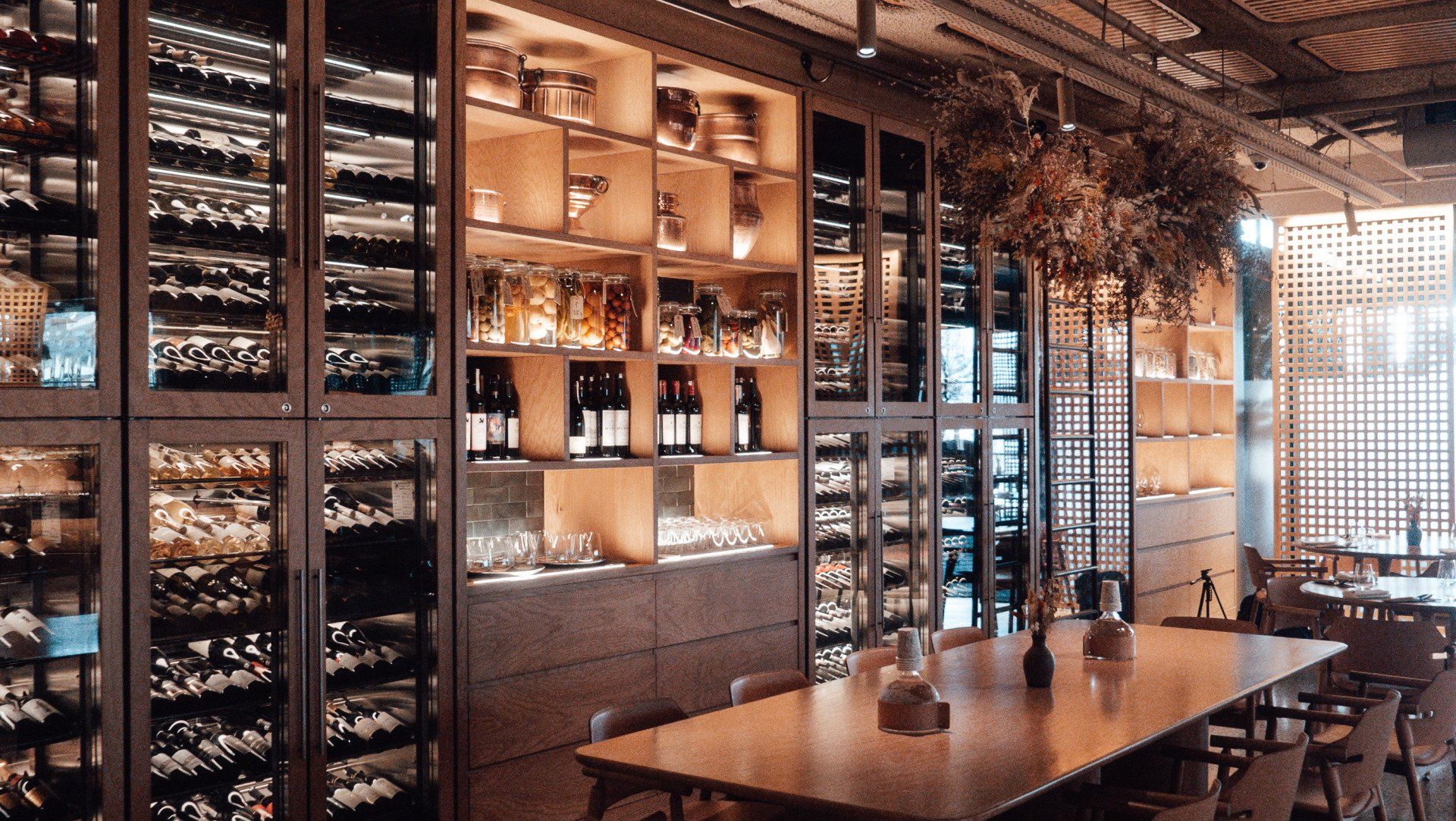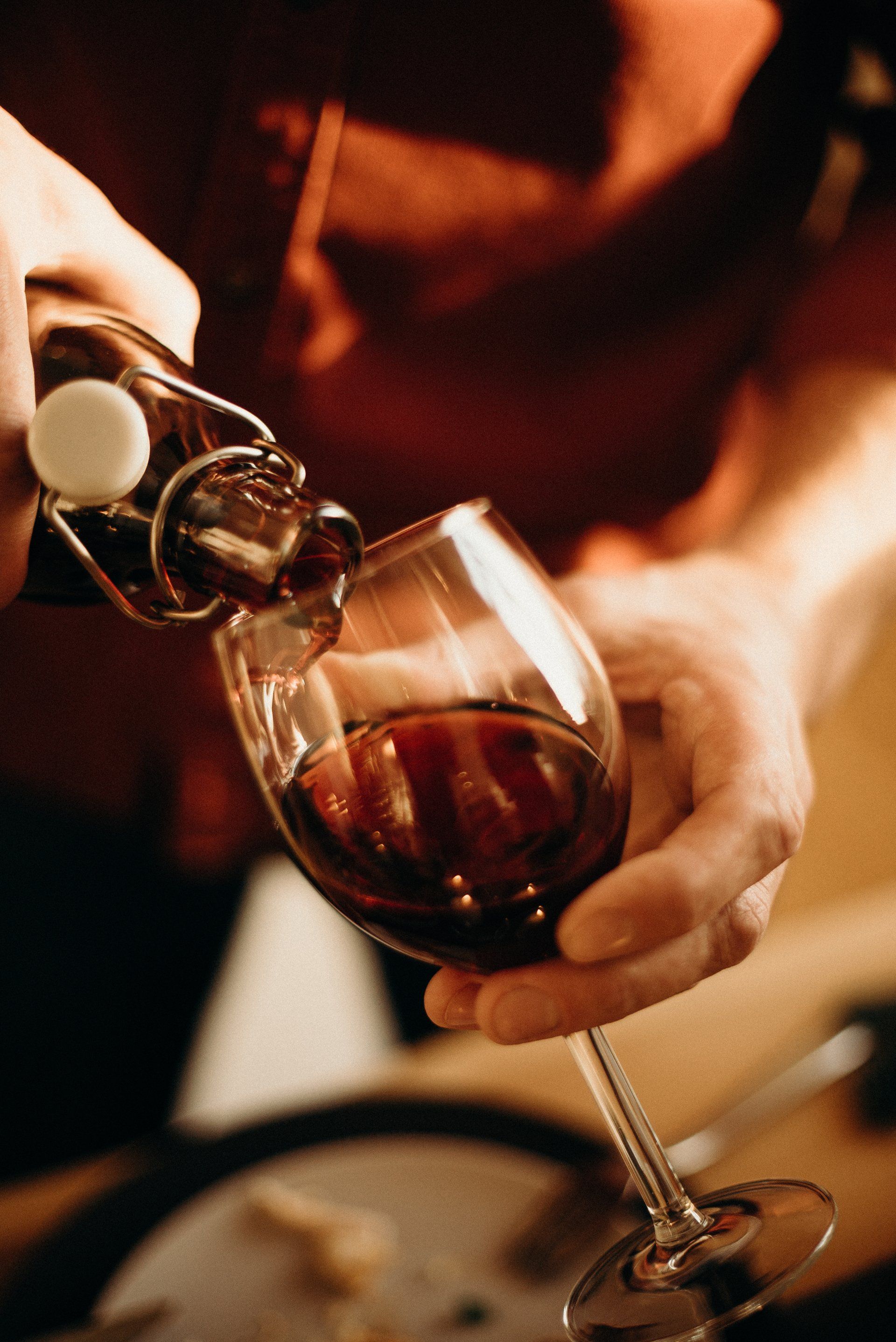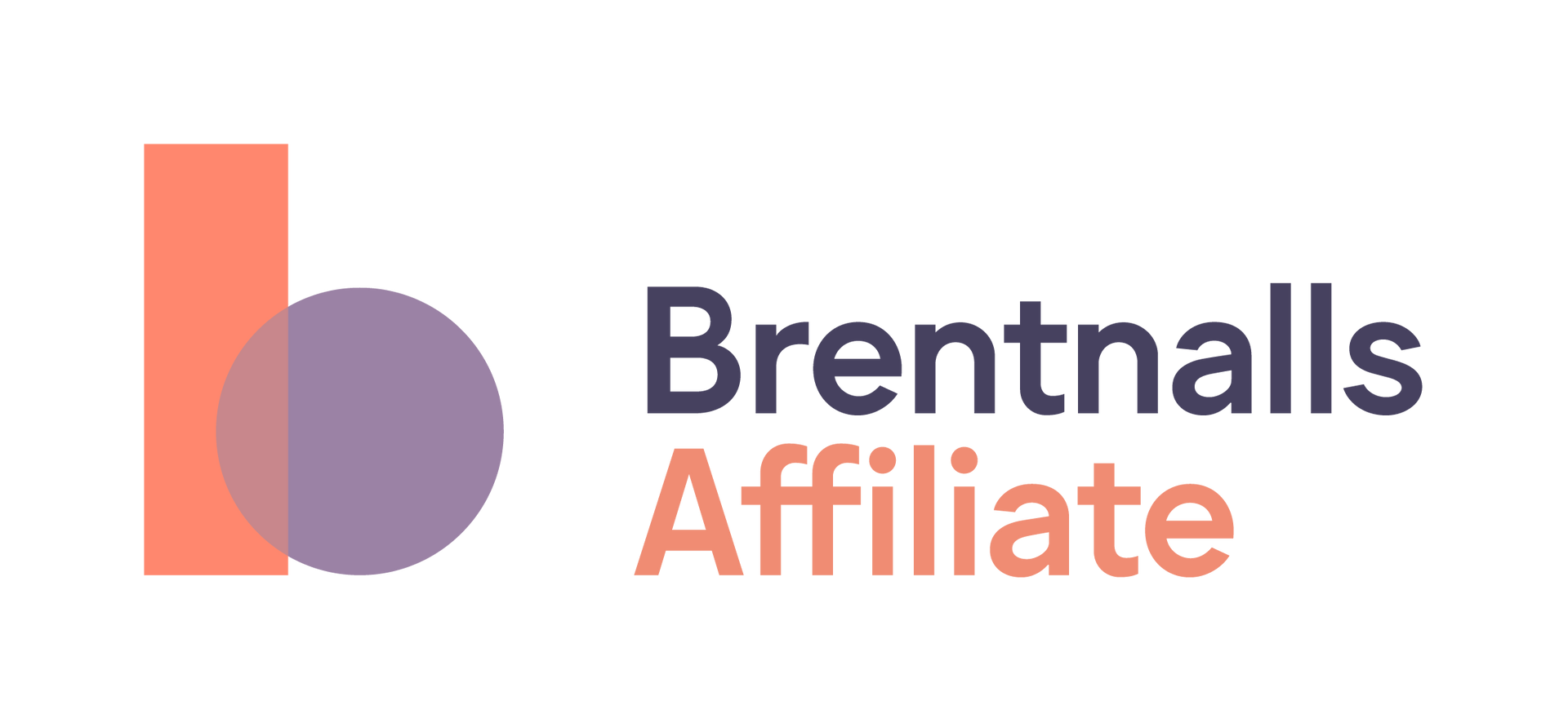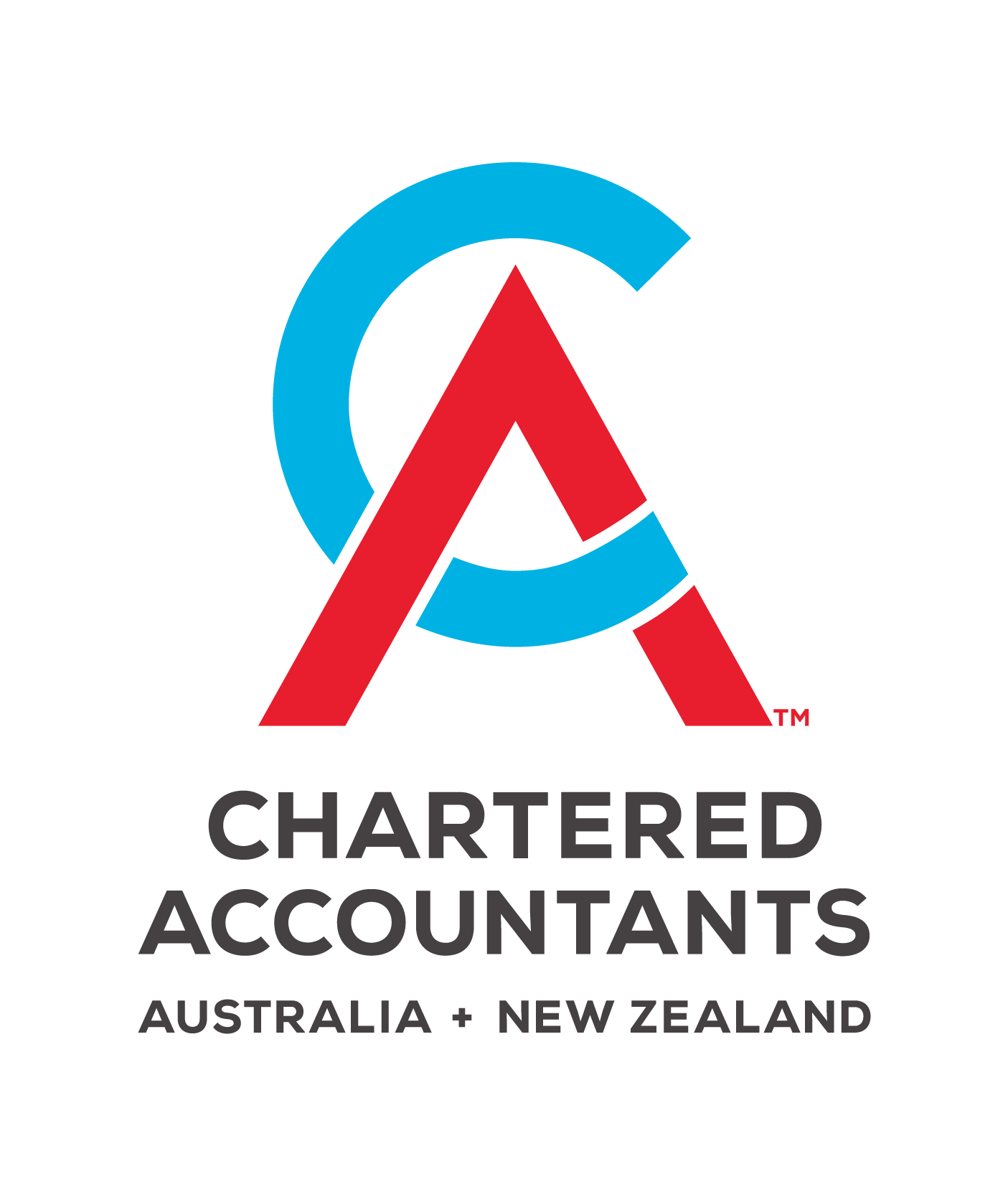Wine Equalisation Tax
Wine Equalisation Tax (WET) is a tax on wine levied at 29%. The tax is paid on the value of the wine at the last wholesale sale, or an equivalent value when there is no wholesale sale (e.g. tastings).
WET affects wine producers, wholesalers and importers. Retailers do not have a WET liability unless they make wholesale sales or bottle their own wine.
Generally, WET is included in the price that retailers pay when purchasing wine i.e. bottle shops and restaurants. The retailer is not entitled to claim back the cost of the WET, as the WET is built into the price the retailer pays and then passed on to the consumer.
WET applies to the following alcoholic beverages:
- Grape wine (including sparkling and fortified wine, marsala, vermouth, wine cocktails and creams)
- Other fruit wines and vegetable wines (including fortified fruit and vegetable wines)
- Cider* and perry
- Mead (including fortified mead) and sake.
*Note: some flavoured ciders are excluded.
WET is calculated on the taxable value of the wine. GST is then calculated after WET is added to the price of the wine (e.g. for wholesale or distributor sales, you would apply the 29% WET rate to the sale price of the wine, then calculate GST on the WET-inclusive price).
WET paid may be claimed back from the ATO on your BAS, unless you are a retailer of wine (e.g. bottle shops, hotels, restaurants, cafes).
The below table summarises the WET treatment for various types of wine sales and transactions.
| Type of Sale | Do I need to charge WET to the customer? | Rate of WET |
|---|---|---|
| Cellar door sale by the winery which produced the wine (including mail order and internet sales). | Yes | 29% using half price method or average wholesale method.29% using half price |
| Wholesale sale of wine by producer, where you receive a valid quotation from the purchaser (see below). | No | N/A |
| Wholesale sale of wine without valid quotation (not a GST free supply). | Yes | 29% |
| Retail sale of wine (if hasn’t already been a wholesale sale where WET was payable). | Yes | 29% |
| Other retail sales (not listed above). | No | N/A |
| Sale of wine with alcohol content of less than 1.15%. | No | N/A |
| GST free sales of wine (i.e. exports on behalf of a buyer —where exported within 60 days of the earlier of receiving consideration or providing the invoice). | No | N/A |
| Wine for your own use where the wine hasn’t already been subject to WET (under a wholesale sale); wine given away (e.g. tastings or promotional purposes); permission has been granted to use the wine (e.g. winery that allows a retail store to use wine for promotional tastings); wine ownership has been transferred other than under contract of sale (e.g. wine used to payoff a debt or donated to charity); and wine consumed yourself. | Yes | 29% using half price method or average wholesale method. |
| Non-arm’s length sales (e.g. selling wine at a discounted price) to any of the following: an associated company, staff or shareholders, suppliers. | Yes | 29% using half price method or average wholesale method (based on sale amount if at arms length) i.e. market value. |

Note: All advice in this fact sheet assumes that the taxpayer is registered or required to be registered for GST. Wine Equalisation Tax does not apply if you are not registered or required to be registered for GST.
Producer Rebate
Wine producers may be entitled to a credit (rebate) of the WET amount paid on a wine dealing, or the amount of WET that would have been paid had the buyer not quoted.
If the buyer quotes you can claim the producer rebate only if they have declared in the quote that they do not intend to make a GST free supply of the wine, up to a maximum of $350,000 per year.
The producer rebate scheme applies to all products subject to WET, whether they're sold by wholesale, retail (at the cellar door, by mail order or internet), or applied to own use (e.g. wine used for tastings or promotions).
To be eligible to claim the WET producer rebate you must:
- be the producer of the wine;
- be liable to pay WET or sell the wine under quote to a purchaser who declared in the quote that they will be liable for WET on a subsequent dealing in the wine;
- own the source product (e.g. whole unprocessed grapes, apples, pears, other fruit or vegetables, honey, and rice) that makes up at least 85% of the total volume of the wine throughout the wine making process; and
- sell the wine in a container with a capacity of five litres or less (51 litres for cider and perry) that is suitable for retail sale and branded by a trademark owned by you (or an associated entity).
These rules have been in place for wine sold prior to 1 July 2018. For information relating to the producer rebate for 2017 and earlier please see for updates via the link below.
https://www.ato.gov.au/business/wine-equalisation-tax/producer-rebate/
Half Price Retail Method
To use this method to calculate the notional wholesale selling price (that is, the taxable value) on retail sales of grape wine or grape wine for own use:
- work out 50% of the retail sale value including WET and GST;
- for own use of wine, this is 50% of what the price, including WET and GST, would have been if you sold it by retail; and
- multiply the above calculated amounts by 29% to work out the WET payable.
Example
Happy Valley Wines makes a retail sale of one dozen bottles of grape wine at the cellar door for $140, including WET and GST. A bottle of the same wine is used for tastings at the cellar door.
| Taxable value of a dozen bottles | $140.00 x 50% | = $70.00 |
|---|---|---|
| WET payable per dozen | $70.00 x 29% | = $20.30 |
| Taxable value of one bottle of this wine | $70.00 ÷ 12 | = $5.83 |
| WET payable on the bottle used for tasting | $5.83 x $29% | = $1.69 |
Average wholesale price method
You can only use this method if, in the relevant tax period, at least 10% by value of all your sales of grape wine are wholesale sales that are both:
- the same vintage as the grape wine to which the dealing relates; and
- produced from the same varieties or blends of grape varieties as the grape wine to which the retail sale or own use relates.
Calculating average wholesale price
To work out the average wholesale price, you use the weighted average of the price of the wholesale sales (including exports) of wine that fall into this category for each tax period. By using the weighted average you take into account the relative proportion of each type of wine you sell.
When you calculate the average wholesale price, you take into account any discounts, incentives, rebates and other payments that reduce the wine's selling price.
Example
Good Wines Winery produces a variety of wine which they sell by wholesale and directly to customers at the cellar door. In the first week of September, they sold a dozen bottles of their 2016 Pinot Noir to a cellar door customer for $190 (inclusive of WET and GST). During the rest of September, they sold additional bottles at cellar door and to distributors.
In preparation for their September BAS, they work out that more than 10% of their sales of the 2016 Pinot Noir are wholesale sales to distributors. Good Wine Winery chooses to use the average wholesale price method to calculate the taxable value and the WET payable for their retail sales of this wine in September.

The break up for the different wholesale prices for their 2016 Pinot Noir sales is:
- 70% at $80 per dozen (excluding WET and GST);
- 30% at $90 per dozen (excluding WET and GST).
To calculate the WET payable on a dozen sold at cellar door during the tax period, the winery performs the following steps:
| Step 1 | Work out the weighted average price of the wholesale sales of 2016 Pinot Noir: | (70% x $80) + (30% x $90) = $56 + $27 = $83 |
|---|---|---|
| Step 2 | Multiply the weighted average price by the WET percentage (29%): | $83 X 29% = $24.07 |
The amount of WET payable for this cellar door sale of a dozen 2016 Pinot Noir is $24,07. GST is unaffected by the difference between retail and wholesale sales. GST is calculated on the retail price of the dozen bottles, therefore GST is $17.27 ($190 retail divided by 11).
Quoted Sales/Buying Wine Under Quote
In certain circumstances you can quote your ABN when you buy wine and the sale is then exempt from WET. This is known as buying wine 'under quote'.
You're only entitled to quote if you're registered for GST and you:
- intend to sell the wine by wholesale or indirect marketing sale while the wine is in Australia;
- are mainly a wholesaler and intend to sell the wine by any kind of sale in Australia (you're mainly a wholesaler if your wholesaler sales in the last 12 months - or expected sales in the next 12 months - will be more than half of all your wine sales);
- intend to use the wine in manufacture or other treatment or processing (e.g. in the manufacture of sources); or
- intend to sell the wine GST - free (e.g. by exporting it).
How To Quote
You can quote your ABN on the order form for the wine, or on any other document that the supplier will keep that identifies the particular wine (such as a delivery slip, acknowledgment of receipt or duplicate invoice). Whatever format you use, the quotation must include all of the information shown in the following example.
If you're buying wine from a wine producer, you must tell them on your quote if you intend to have a taxable dealing with the wine; or intend to sell the wine GST-free, sell the wine under quote or use the wine as an input into manufacture or other treatment or processing. If this is not actioned, penalties may apply.
A quote will only be effective if it is provided at or before the time of the dealing it relates to.
Example - Quote
Quotation under the A New Tax System (Wine Equalisation Tax) Act 1999
The entity named below hereby quotes Australian Business Number
(insert number) __________________
The entity hereby notifies you that it intends/does not intend* to have a taxable dealing with the wine; or
Intends to:
- Use the wine as an input into manufacture of other treatment of processing
- make a GST-free supply of the wine
- Sell the wine to an entity quoting its ABN
* Cross out whichever is not applicable if wine is being purchased from a wine producer.\
Name & ABN if entity to whom quote is made.
Name of entity quoting: _____________________________________
Name of individual authorised to quote:_________________________
Signature of individual authorised to quote: ______________________
Date: _________________________
Providing a Periodic Quote
If you regularly buy wine from certain suppliers, you can provide a periodic quote to each supplier to cover your wine purchases for up to a year. Once a periodic quote is in place you don't need to provide the supplier with a quotation every time you buy some wine.
The periodic quote must:
- contain the information shown in the above example;
- specify the period it covers (no more than one year); and
- be provided to the seller at or before the time of the first dealing to be covered by the quote.
If you have a periodic quote in place, you must notify the supplier at or before the time you purchase wine if you:
- make a purchase from the supplier that you are not entitled to quote for;
- intend to deal with the wine you purchase from the supplier differently from what you stated in your periodic quote; or
- if you're importing wine, periodic quoting is not available. You can quote your ABN to the Department of Home Affairs or authorise your customs broker to do this for each importation.
If you would like to read more about WET, please refer to our news article post.
How can Brentnalls Agribusiness help?
Brentnalls Agribusiness have the knowledge and experience to help you with your business. We provide guidance and advice to improve viability and enhance your business's growth potential. Find out how we have helped other agribusiness industry businesses.
Please contact one of our dedicated Agribusiness team members for a no-obligation discussion on how we can help you.
Discuss Further?
If you would like to discuss this, please get in touch.
Disclaimer
The information provided in this information sheet does not constitute advice. The information is of a general nature only and does not take into account your individual situation. It should not be used, relied upon, or treated as a substitute for specific professional advice. We recommend that you contact Brentnalls SA before making any decision to discuss your particular requirements or circumstances.




